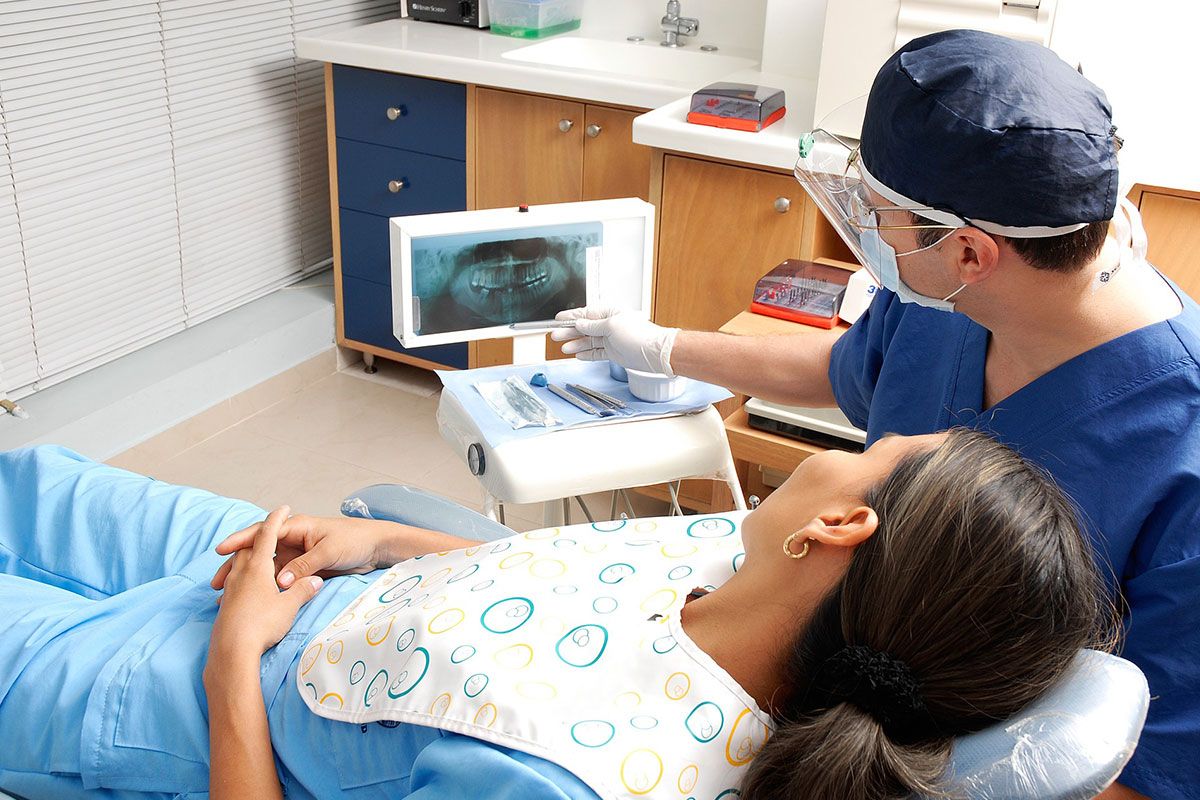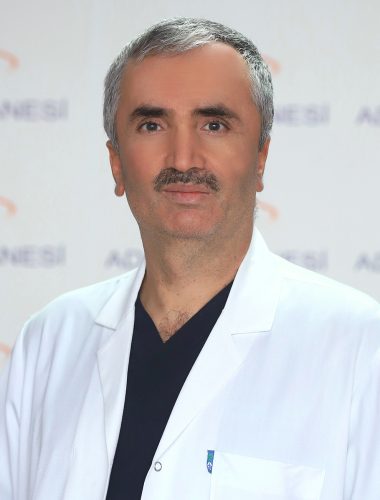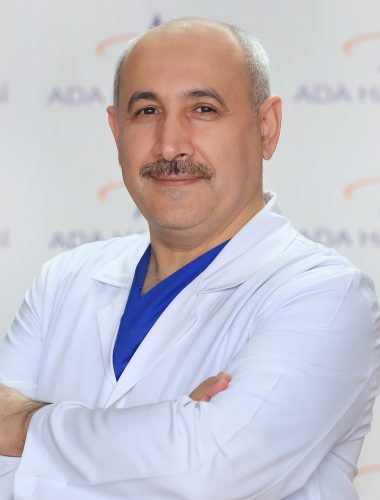
Heart diseases and especially coronary artery disease are among the leading causes of death in our country as well as in the world. The organs in our bodies need oxygen and nutrients to maintain their vitality and perform their functions.
Services
Our heart also needs to be nourished to do its job. The vessels that supply the heart itself are called “coronary vessels” (coronary arteries). As a result of narrowing or blockage in the coronary arteries caused by atherosclerosis, our heart cannot be adequately nourished and its function is disrupted. As a result, oxygen and nutrients reaching our organs through the blood decrease as the pump function is disrupted, and over time, symptoms of insufficiency in various organs appear.
Heart diseases and especially coronary artery disease are among the leading causes of death in our country as well as in the world. The organs in our bodies need oxygen and nutrients to maintain their vitality and perform their functions. The necessary oxygen and nutrients are transported to the organs by blood through the arteries. Our heart does the work of pumping blood through the arteries.
Our heart also needs to be nourished to do its job. The vessels that supply the heart itself are called “coronary vessels” (coronary arteries). As a result of narrowing or blockage in the coronary arteries caused by atherosclerosis, our heart cannot be adequately nourished and its function is disrupted. As a result, oxygen and nutrients reaching our organs through the blood decrease as the pump function is disrupted, and over time, symptoms of insufficiency of various organs appear.
Why should coronary angiography be performed?
Early recognition and treatment of coronary artery disease, especially in people with heart disease risk factors, is vital. The aim is to protect the person from the consequences of a possible heart attack. For this reason, it may be necessary to perform a diagnostic procedure called coronary angiography to confirm the diagnosis in people with suspected coronary artery disease as a result of cardiological examinations such as ECG (heart radiography), echocardiography (heart ultrasound), stress ECG (treadmill).
Coronary angiography is a diagnostic method and not a type of surgery. Coronary angiography is a procedure in which a special drug is injected into the heart vessels (coronary arteries) and images are taken using a special imaging system. Coronary angiography is performed in advanced laboratories with angiography equipment and trained and experienced cardiologists and medical staff. The patient does not need to be anesthetized for the procedure, the patient is awake and can talk during the procedure. In coronary angiography, the right inguinal artery (sometimes the arm) is usually used to access the heart vessels. To enter the right inguinal artery (femoral artery), the groin area is numbed with a needle and a plastic sheath is inserted into the vessel. The patient may sometimes feel a slight pain during this procedure. After that, the patient does not feel anything. A thin, small and bendable tube (catheter) is then advanced through the plastic sheath to the largest artery (aorta) from which the small arteries supplying the heart (coronary arteries) emerge, and a dyed substance (contrast medium) is introduced into the coronary artery by inserting it into the entry points of the coronaries into the aorta. Thus, the coronary vessels can be visualized in films taken from different angles and the extent of narrowing can be determined. The injection of the dyed substance will not cause pain. However, temporary hot flushes, flushing and nausea may be felt for 20-30 seconds while the dyed substance is introduced into the veins.
WHAT IS ARRHYTHMIA, HOW IS IT DIAGNOSED AND HOW IS IT TREATED?
A healthy heart beats between 60-80 beats per minute at rest. And the intervals between each beat are equal, i.e. rhythmic. The number of beats per minute increases with increased physical activity, such as walking, playing sports, doing heavy work or being under stress. However, the time between beats is still equal and again rhythmic. In our heart, there is a point that produces the rhythm, this point that produces electrical impulses can produce abnormal rhythmic beats, and sometimes there may be conduction defects during the transmission of the rhythm impulses produced from this point to the heart muscle via fibers. In any case, it can lead to the formation of abnormal rhythm heartbeats. Patients may sometimes feel these abnormal beats and consult a physician themselves, or a physician may accidentally notice abnormal rhythm heart beats on a routine ECG taken for any purpose.
Depending on the severity of the problem, abnormal rhythm heartbeats can disrupt the heart’s pumping function, while on the other hand, they can lead to clot formation, which can cause urgent and life-threatening problems by blocking the vessels of the heart, lungs, brain and some other organs. Therefore, arrhythmia should be seen as an important heart health problem that needs to be treated.
Specially developed Electro-physiology laboratories are established for patients with rhythm disturbances for any reason. In this laboratory, the beats of the heart are examined in depth and the abnormal rhythm is first diagnosed and named. It is then tried to determine whether the rhythm disturbance is at the point where the impulse originates or in the conduction pathways. After this process, called mapping, it becomes clear exactly where to intervene in the patient’s conduction pathways within the heart. Again in the coronary angiography laboratory environment and using the catheter technique, these abnormal conduction points are intervened with radiofrequency methods and the foci that produce abnormal rhythm are eliminated and the patient is provided with a normal heart rhythm.


